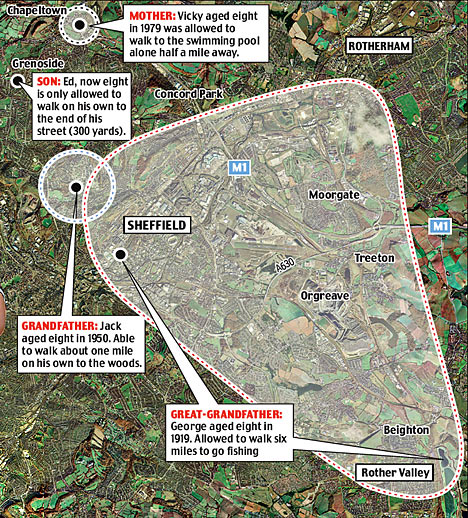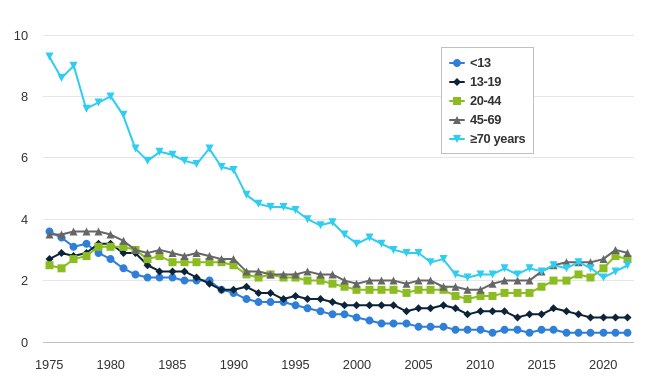Make It Jingle - Preservation Hall Jazz Band & Big Freedia
This song is very loosely about asking Santa for an extravagant new car for Christmas, but I think it is mostly an excuse to say vroom vroom and bounce to jingle them keys for Freedia please. It slaps as a dance song, but I’m writing here, not dancing, so I wanted to say a few things about cars.
I see more kids on the street in European cities, and I wonder if it's related to the fact that the cars are smaller and people drive more slowly. (I know the slower, smaller cars made me feel much safer on my bicycle). It pains me that children have so much less freedom to roam than previous generations.

When I think about trying to give children freedom of movement, it's clear that crossing streets will be a major barrier. An acquaintance wrote about child walksheds, the way his neighbourhood was a collection of islands for his 5-year-old, who couldn't reliably check for cars, but had expanded significantly for his 7-year-old, who he trusted to cross low-traffic intersections. In the USA, the rate of pedestrian deaths for people under 13 has shrunk very significantly, from 3.6 per 100,000 in 1975 to 0.3 per 100,000 now. That’s an order of magnitude! A 92% decline. I wonder how much of that is that children aren’t left alone in the street.

Cars are dangerous for children (and adults) and I don’t love how they impact urban design, but there is also much freedom to a car. I almost can’t fathom the kind of rural isolation that existed before the car ― see a quote from Robert Caro about how Lyndon Johnson and his brother “used to sit on a fence that bordered a road running alongside their ranch and wait for hours, hoping that just one single person would ride by so that they would have someone to talk to”. I’m also lucky enough that it’s easy for me to walk or bike from place to place; not everyone’s legs cooperate with that. My dad doesn’t have a driver’s license, but today I borrowed my mum’s car to help him transport some furniture from IKEA to his house, in a way that would have been quite a feat on the streetcar.
I don’t feel as reflexively anti-car as I used to; the ascendant electric car makes my climate objections somewhat obsolete, and I think freedom of movement is good. I guess the question is how to balance the freedom of those on their feet and those behind the wheel.
Vroom vroom,
- Tessa
You just read issue #125 of xmas countdown. You can also browse the full archives of this newsletter.